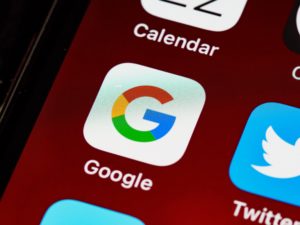
In an attempt to offer a worker-friendly environment, Pichai said, “We firmly believe that in-person, being together, having a sense of community is super important when you have to solve hard problems and create something new, so we don’t see that changing. But we do think we need to create more flexibility and more hybrid models.” He feels that this approach would serve to accommodate the desires of the Googlers.
Now, according to the New York Times, Googlers “won’t be back in the office until September 2021—and even then they probably won’t be in every day.” Pichai informed workers that the company plans on implementing a “flexible workweek” once people start returning to its offices. The company will have people work at least three days in the office and the rest remotely. Pichai said about this initiative, “No company at our scale has ever created a fully hybrid work force model—though a few are starting to test it—so it will be interesting to try.” Google hopes this hybrid work model will offer a better experience to its employees.
The search giant will ensure that the risk of infection is reduced when staff return. This will include new redesigned offices, “collaborative workplaces,” technologies to better enable remote work and safe outdoor spaces.
Google is a leader, not only in the tech space, but across the business community. It was one of the first companies to adopt a casual atmosphere by ditching the uptight suits and ties and offering lots of amenities for its workers. It’s likely that many corporations will follow Google’s lead.
However, there are holdouts to the remote-work trend. In an interview with the Wall Street Journal, Netflix cofounder and co-chief executive Reed Hastings said, “No. I don’t see any positives.” Hastings added, “Not being able to get together in person, particularly internationally, is a pure negative,” when asked about the benefits of working from home. The chief executive said that he’d expect his 8,600 employees to return to the office “12 hours after a vaccine is approved.” He then tempered his remark by saying, “It’s probably six months after a vaccine. Once we can get a majority of people vaccinated, then it’s probably back in the office.”
Jamie Dimon, the chief executive officer of JPMorgan, is a proponent of getting his people back into the office. In mid-September, Dimon requested that his traders, bankers, brokers and research analysts return to the office by the end of the month. The return was marred, as a trader tested positive for Covid-19 and was sent home, along with others who were in contact with the person.
This is all assuming that the vaccines will work out well. Although it wasn’t reported on, factors, such as the time table of the rollout, wide acceptance of taking the shot by the majority of people and its efficacy, could roil these plans.
Source: Forbes


